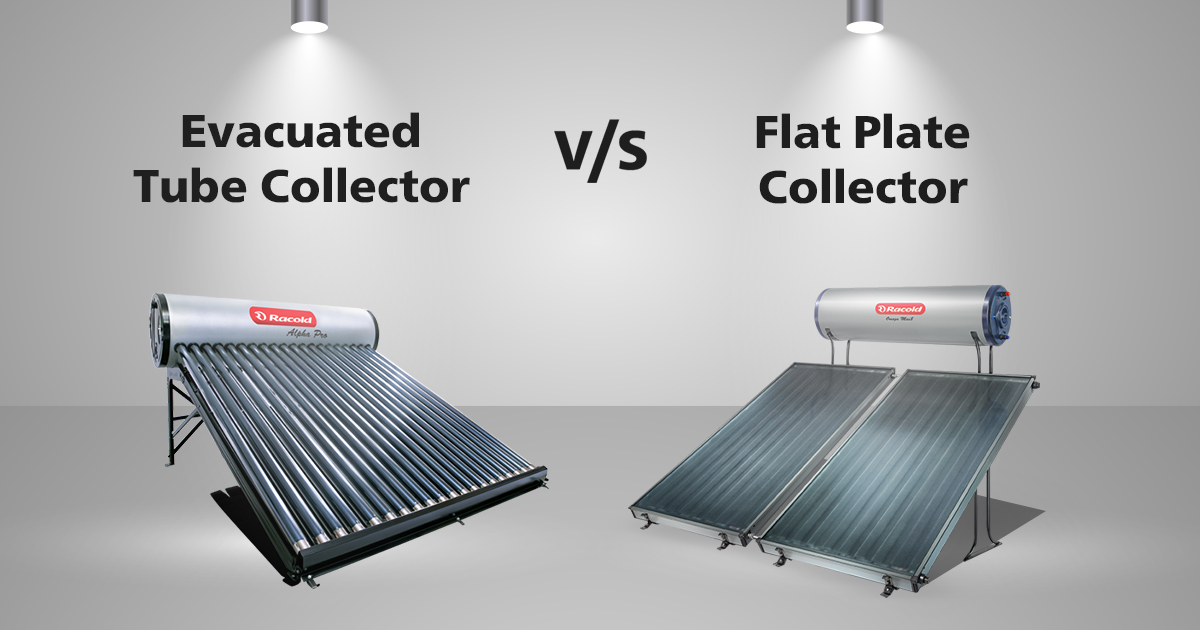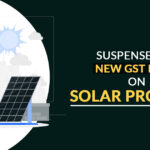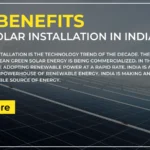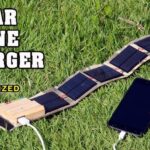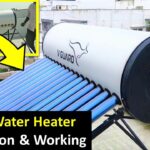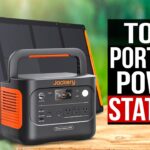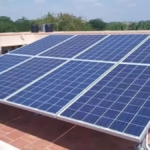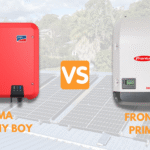Meta Description:
Explore the differences between Flat Plate Collectors (FPC) and Evacuated Tube Collectors (ETC) in solar water heaters. This detailed guide helps Indian homeowners choose the right system based on climate, efficiency, cost, and maintenance.
Introduction
Solar water heaters are becoming very popular in India. Electricity prices are rising, and people are more aware of eco-friendly solutions. Two main types of solar water heaters are available: Flat Plate Collectors (FPC) and Evacuated Tube Collectors (ETC). This article will help you understand the difference between the two. You will learn which system is better for your home.
Understanding Solar Water Heater Technology
Flat Plate Collectors (FPC)

FPC systems have a flat, insulated metal box. Inside the box, there is a dark-colored absorber plate and water pipes. The sun heats the plate, which then heats the water. FPCs are made with strong materials like copper or aluminum. These are commonly used in Indian homes and commercial buildings.
Evacuated Tube Collectors (ETC)

ETC systems have multiple glass tubes. Each tube has a vacuum inside to reduce heat loss. These tubes absorb sunlight and transfer heat to the water. ETCs are more modern and work well in colder or cloudy regions of India.
Also Read Step-by-Step Guide to Installing a Solar Water Heater in India
Flat Plate vs. Evacuated Tube – A Detailed Comparison
1. Efficiency and Performance
- FPC: These systems offer moderate efficiency. They work well in hot and sunny areas. But they can lose heat in cold weather.
- ETC: These systems are more efficient, especially during winter. They trap heat better and provide hot water even on cloudy days.
2. Cost and Affordability
- FPC: Flat Plate Collectors are slightly more expensive initially. But they last longer and need less repair.
- ETC: These are cheaper upfront. But the glass tubes may break easily and need more maintenance.
3. Durability and Life Span
- FPC: Strong and reliable. The system can last 15–25 years with little maintenance.
- ETC: Glass tubes are fragile. But they are cheap and easy to replace. Life span is around 10–15 years.
4. Maintenance Needs
- FPC: Needs very little maintenance. Cleaning once every few months is enough.
- ETC: Needs regular inspection. The tubes must be cleaned and checked for cracks.
5. Space and Installation
- FPC: Takes up more space on the roof. Also heavier and may need strong roof support.
- ETC: Lightweight and compact. Good for smaller roofs and easy to install.
6. Climate Suitability in India
- FPC: Best for areas like Rajasthan, Gujarat, and Maharashtra, where there is strong sun throughout the year.
- ETC: Ideal for colder states like Himachal Pradesh, Uttarakhand, and hilly areas with low sunlight.
Pros and Cons Table
| Feature | Flat Plate Collectors (FPC) | Evacuated Tube Collectors (ETC) |
|---|---|---|
| Efficiency | Medium | High |
| Cost (Initial) | Slightly Higher | Lower |
| Maintenance | Low | Moderate |
| Durability | High | Medium |
| Installation Space | More Space Needed | Compact Design |
| Best Climate | Hot and Sunny | Cold and Cloudy |
How to Choose the Best Solar Water Heater for Your Home
Choosing between FPC and ETC depends on:
- Your Budget – ETC systems cost less to buy but more to maintain.
- Your Climate – If you live in a cold area, go for ETC. If you live in a sunny area, FPC is better.
- Roof Size – Small roof? Go for ETC.
- Usage Needs – Big family or frequent hot water usage? Choose the system with higher efficiency.
Also, check if you are eligible for solar water heater subsidies in India. The Ministry of New and Renewable Energy (MNRE) offers subsidies through state-level DISCOMs. These subsidies can help reduce your total cost.
Frequently Asked Questions (FAQs)
Q1: Can I use a solar water heater in the rainy season?
Yes. Both systems work during rainy seasons. However, ETC performs better in cloudy weather due to vacuum tubes.
Q2: Are solar water heaters worth the investment?
Yes. They save electricity and reduce your monthly bills. Most systems recover their cost in 3–4 years.
Q3: How much water can a solar heater heat daily?
Standard home models can heat 100–300 liters of water per day. You can choose a larger system for a bigger family.
Q4: Are there any government subsidies?
Yes. MNRE offers subsidies for solar systems through state DISCOMs. Check with your local electricity board.
Q5: How do I maintain my solar water heater?
Clean the panels or tubes every 3–4 months. Also, check for any blockages or leaks. Annual servicing is advised.
Conclusion
Both Flat Plate and Evacuated Tube solar water heaters are good options for Indian homes. Your final choice should depend on your climate, budget, roof space, and water usage. If you live in a hot and sunny state, go for FPC. If your area is cold or cloudy, ETC will give better performance. Investing in a solar water heater is a smart step toward saving money and going green.
Author- Ayush
